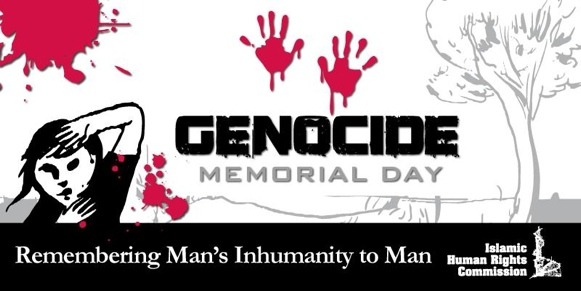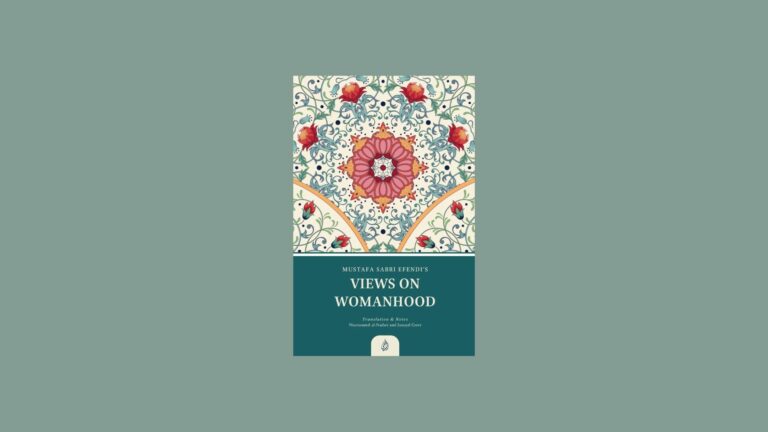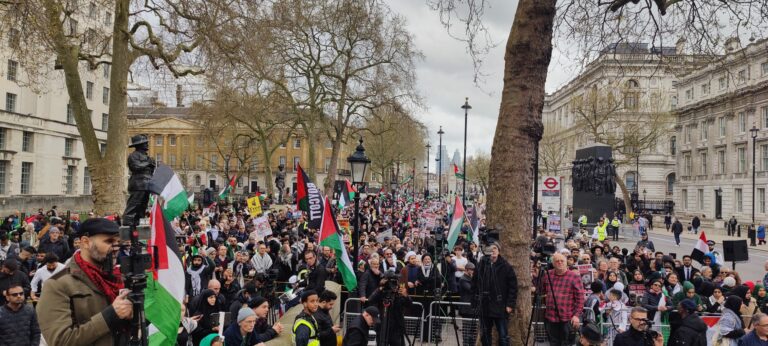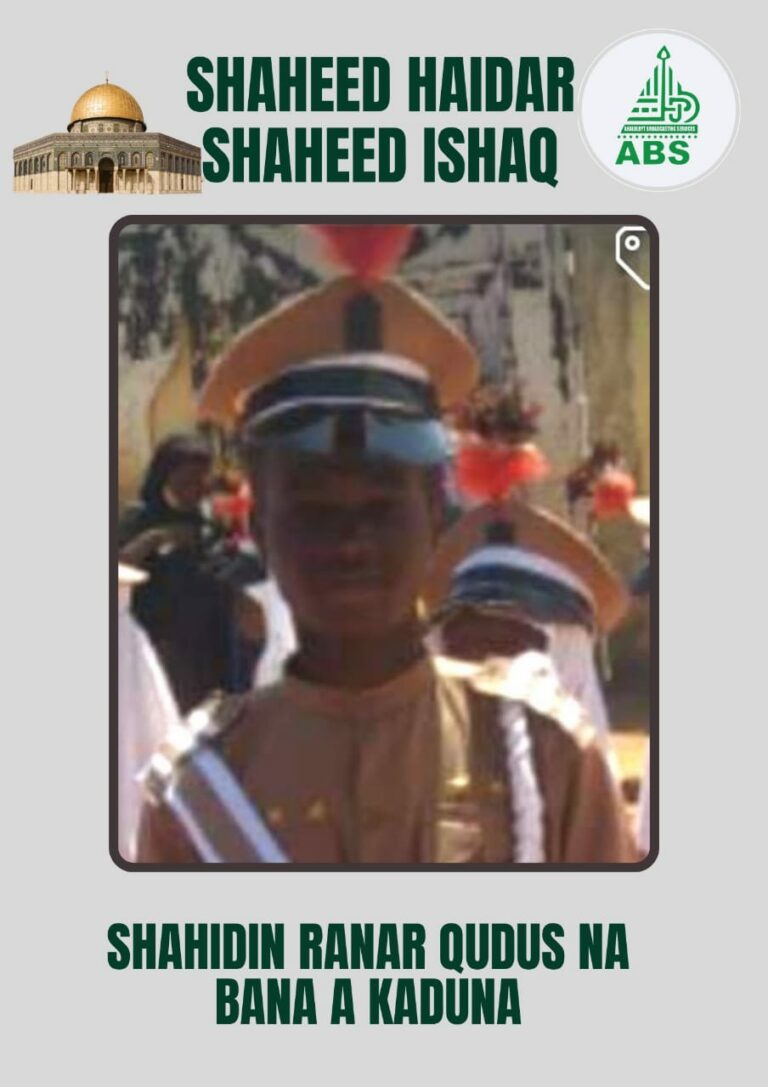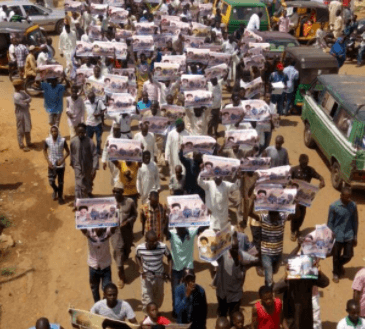This selection of films each link back to their respective IMDB page which will have parental guidance notes and certificate details. Each film comes recommended as a resource for discussions around genocide and genocidal acts.
Some of these titles are available at a discount of 15% OFF to schools on the IHRC Bookshop website.
Hotel Rwanda (2004)
Paul Rusesabagina was a hotel manager who housed over a thousand Tutsi refugees during their struggle against the Hutu militia in Rwanda.
Beyond the Gates (2005)
In April 1994, after the airplane of the Hutu President of Rwanda is shot down, the Hutu militias slaughter the Tutsi population
500 Years Later (2005)
500 years after the onset of the African Holocaust of enslavement and colonisation, Africans are still struggling for their basic freedom – why?
Motherland (2010)
Motherland (Enat Hager) is a bold, epic documentary through Africa with a distinctive African voice. Fusing history, culture, politics, Motherland sweeps across Africa to tell a new dynamic story of a continent. From the glory and majesty of Africa’s past through its complex and present history. Motherland looks unflinchingly toward a positive Pan-African future. With breathtaking cinematography and a fluid soundtrack. Motherland is a beautiful vision of global African diversity and unity.
Rabbit-Proof Fence (2002)
In 1931, three aboriginal girls escape after being plucked from their homes to be trained as domestic staff and set off on a trek across the Outback
Behind Enemy Lines (2001)
A Navy navigator is shot down over enemy territory and is ruthlessly pursued by a secret police enforcer and the opposing troops. Meanwhile his commanding officer goes against orders in an attempt to rescue him
Schindler’s List (1993)
In German-occupied Poland during World War II, Oskar Schindler gradually becomes concerned for his Jewish workforce after witnessing their persecution by the Nazi Germans
Where the Spirit Lives (1989)
A young Native Canadian (First Nations person) fights to keep her culture and identity when she is abducted to a residential school
The Killing Fields (1984)
A journalist is trapped in Cambodia during tyrant Pol Pot’s bloody “Year Zero” cleansing campaign, which claimed the lives of two million “undesirable” civilians
Thunderheart (1992)
A young FBI agent is assigned to work with a cynical veteran investigator on a murder on a poverty-stricken Sioux reservation
Attack on Darfur (2009)
American journalists in Sudan are confronted with the dilemma of whether to return home to report on the atrocities they have seen, or to stay behind and help some of the victims they have encountered
Bury My Heart at Wounded Knee (2007)
A chronicle of how American Indians were displaced as the U.S. expanded west. Based on the book by Dee Brown
The Act of Killing (2012)
A documentary which challenges former Indonesian death-squad leaders to re-enact their mass-killings in whichever cinematic genres they wish, including classic Hollywood crime scenarios and lavish musical numbers
Salvador (1986)
An American photojournalist gets caught in a political struggle at El Salvador in 1980
The Battle of Algiers (1966)
In the 1950s, fear and violence escalate as the people of Algiers fight for independence from the French government
Hiroshima (1995)
The grisly events leading to the first attack with a nuclear weapon
Amistad (1997)
About a 1839 mutiny aboard a slave ship that is traveling towards the northeastern coast of America. Much of the story involves a court-room drama about the free man who led the revolt
Black Sun: Nanking Massacre (1995)
In 1937, Japanese troops raid the Chinese city of Nanking to execute a planned massacre by subjecting over 300,000 helpless civilians to various tortures and atrocities before slaughtering them all.
No Man’s Land (2001)
Bosnia and Herzegovina during 1993 at the time of the heaviest fighting between the two warring sides. Two soldiers from opposing sides in the conflict, Nino and Ciki, become trapped in no man’s land, whilst a third soldier becomes a living booby trap.
City of Life and Death (2009)
In 1937, Japan occupied Nanjing, the Chinese capital. There was a battle and subsequent atrocities against the inhabitants, especially those who took refuge in the International Security Zone.

